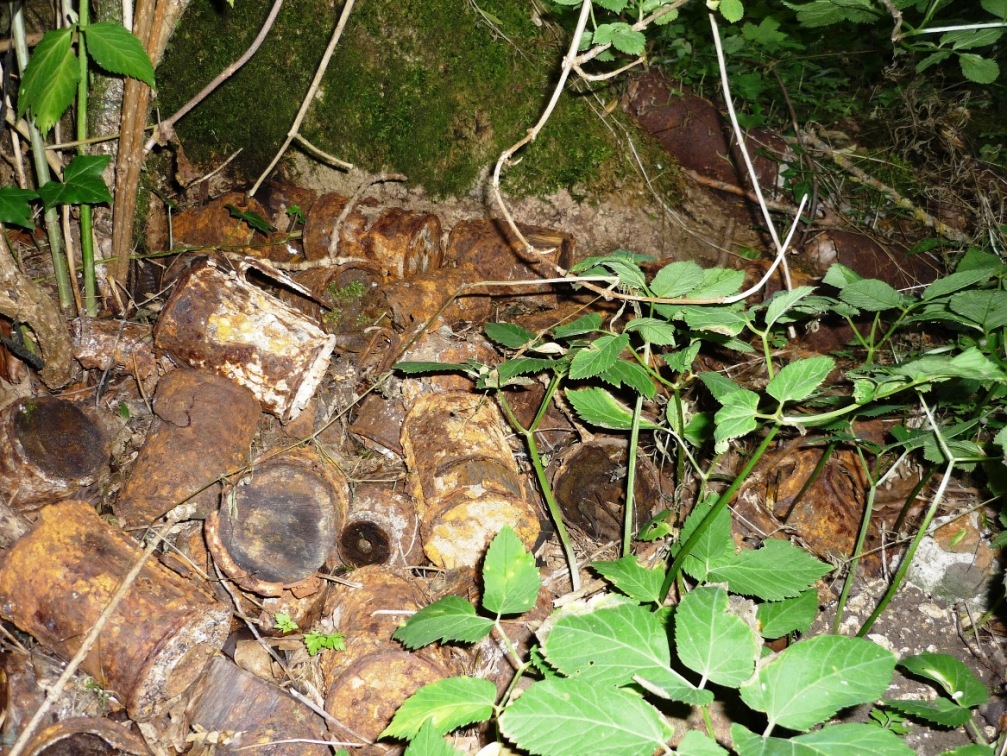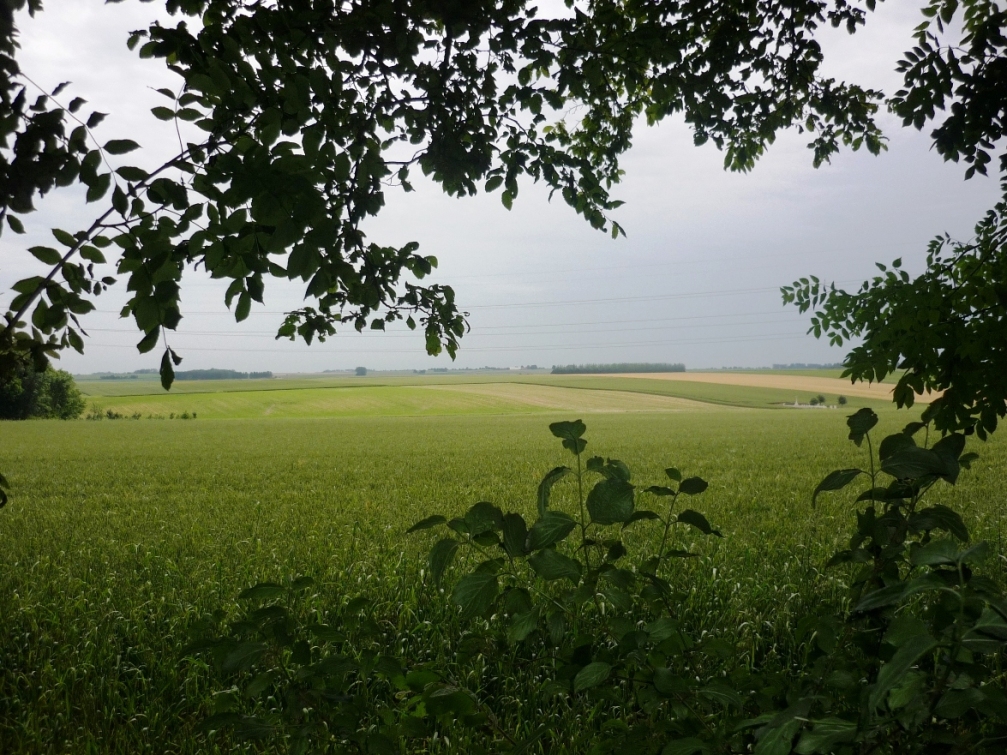I designed this 2016 tour for The Cultural Experience.
Click here for my 2018 Battlefield Tours.

The German front line, Beaumont Hamel.
From the preserved old front line to woods still scarred by trenches and bunkers, to walk the chalk downlands of the Somme battlefields is to understand the past through the landscape. After a catastrophic opening day, the 1916 Battle of the Somme was a deadly crucible in which modern warfare was forged. With our popular guide Simon Jones, we combine eyewitness accounts with scholarly insight to gain a deep understanding of the five-month battle and its impacts. We also include fighting on the Somme from 1915 through to the final ‘Hundred Days’ of 1918.
The 1916 Battle of the Somme was the first battle in which the British citizen New Armies fought en mass; the catastrophic losses had a profound impact on the British psyche. The disaster of 1 July 1916 was followed by a series of mainly failed attacks against a well-prepared adversary. At enormous cost the British Army began to learn how to defeat its opponent. Innovations such as a night attack, tanks and, above all, coordination between infantry and the creeping artillery barrage, pointed to the future of warfare. But the Germans also evolved a flexible, in-depth, defence, to which the British would again have to adapt their attack tactics. Only in the last months of 1918 did revolutionary changes in fighting methods bear fruit for the Allies.
ITINERARY
Day 1 – Serre
Depart London St Pancras for Lille with Eurostar. Drive to the Somme where we begin with an exploration of the Serre front where the British attacks failed on both 1 July and on 13 November 1916. Less well-known are the desperate French assaults of 1915 and the dramatic halt of the German advance by New Zealanders in March 1918, all fought over the same battlefield. Group dinner in Arras.
Day 2 Gommecourt – Rossignol Wood and Tanks at Flers
In the morning we walk from Hébuterne to follow the attack by the Rangers during the ill-fated Gommecourt diversion. At nearby Rossignol Wood the Germans inflicted heavy British casualties during their withdrawal of early 1917; when they retook the ground in 1918, VCs were gained by the most decorated British Chaplain of the war, Theodore Hardy, and ‘New Zealand’s greatest soldier’, Dick Travis. After a picnic lunch, we walk the route of tank ‘Dinnaken’ through the village of Flers during the first ever tank attack on 15 September 1916. Group dinner in Arras.

Rossignol Wood, German bunker.
Day 3 – Beaumont Hamel – Bazentin Ridge – Flers
In the morning we walk through the preserved battlefield of the Newfoundland Memorial Park, into Beaumont Hamel village and on to the Hawthorn mine crater and the famous Sunken Road, comparing failed and successful attacks. After a group or picnic lunch, we follow the advance of the remarkable night assault on Bazentin Ridge on 14 July 1916 and the cavalry charge at High Wood. Group dinner in Arras.
Day 4 – The Battle of Amiens
By following the Canadian Scottish in the epic battle of 8 August 1918 we discover how this technological and highly orchestrated all-arms attack drove deep into the German position, an advance however still dependant on the heroism of an Orkney piper. Return to Lille for our afternoon Eurostar return journey to London St Pancras.

Rossignol Wood, shell craters and trenches.

German grenades in Rossignol Wood.
Full details are available on The Cultural Experience website.
More about the remarkable story of Rossignol Wood
The men who laid the Lochnagar Mine
Home and more posts







Fantastic tour — well-conceived and executed. I loved every minute and look forward to my next tour!